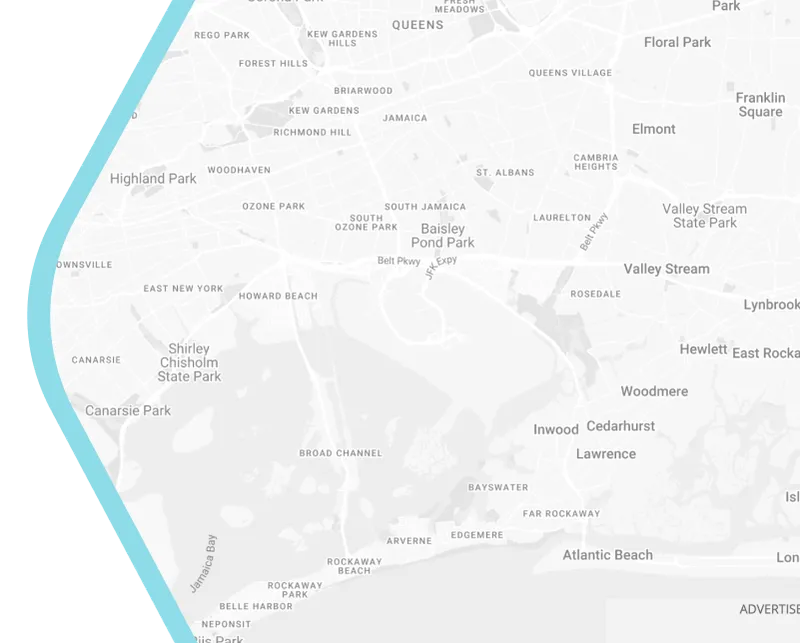
Smart Policies and Strategies to Promote Active Mobility
The future of mobility in Smart Cities incorporates transport systems that are socially and environmentally sustainable. A sustainable transport system can improve the quality of living in cities as it reduces the risk of air & noise pollution as well as the decrease the threat of traffic collision. The push for a more sustainable transport system includes the encouragement for active mobility options for citizens. Koszowski et al. (2019) identifies three disciplines that put particular significance in the promotion of active mobility, namely, public health, transport planning and urban planning. The goals of these three disciplines differ in many respects but have a strong overlap in the ambition to foster active mobility. Until now, efforts for strengthening active mobility have typically not been combined, but rather promoted separately within each discipline.
Thus, the integration of the three is important, which may be achieved through holistic approach in the operative level. The coordination between the disciplines; this would create substantial synergies and improve the opportunities for fostering active mobility as a joint effort. Koszowski et al. (2019) introduces the “4Es” as a proven classification of measures for promoting active mobility and also for transport planning in general:
- E1 Engineering: This addresses the built environment in providing safe and convenient infrastructure for walking and cycling through the transport planning and traffic engineering.
- E2 Enforcement: In building active mobility, relevant legal instrument should be enforced to promote walking and cycling such as land-use classifications, speed limits and rights-of-way.
- E3 Economy: Utilisation of monetary instruments for incentivizing or discouraging behaviors that hinders active mobility.
- E4 Education: Measure to increase citizens’ knowledge and understanding of active mobility should be provided through information, campaigning, personalized travel planning, training and social marketing.
Reference
Koszowski, C., Gerike, R., Hubrich, S., Götschi, T., Pohle, M., & Wittwer, R. (2019). Active mobility: bringing together transport planning, urban planning, and public health. In Towards User-Centric Transport in Europe (pp. 149-171). Springer, Cham.
